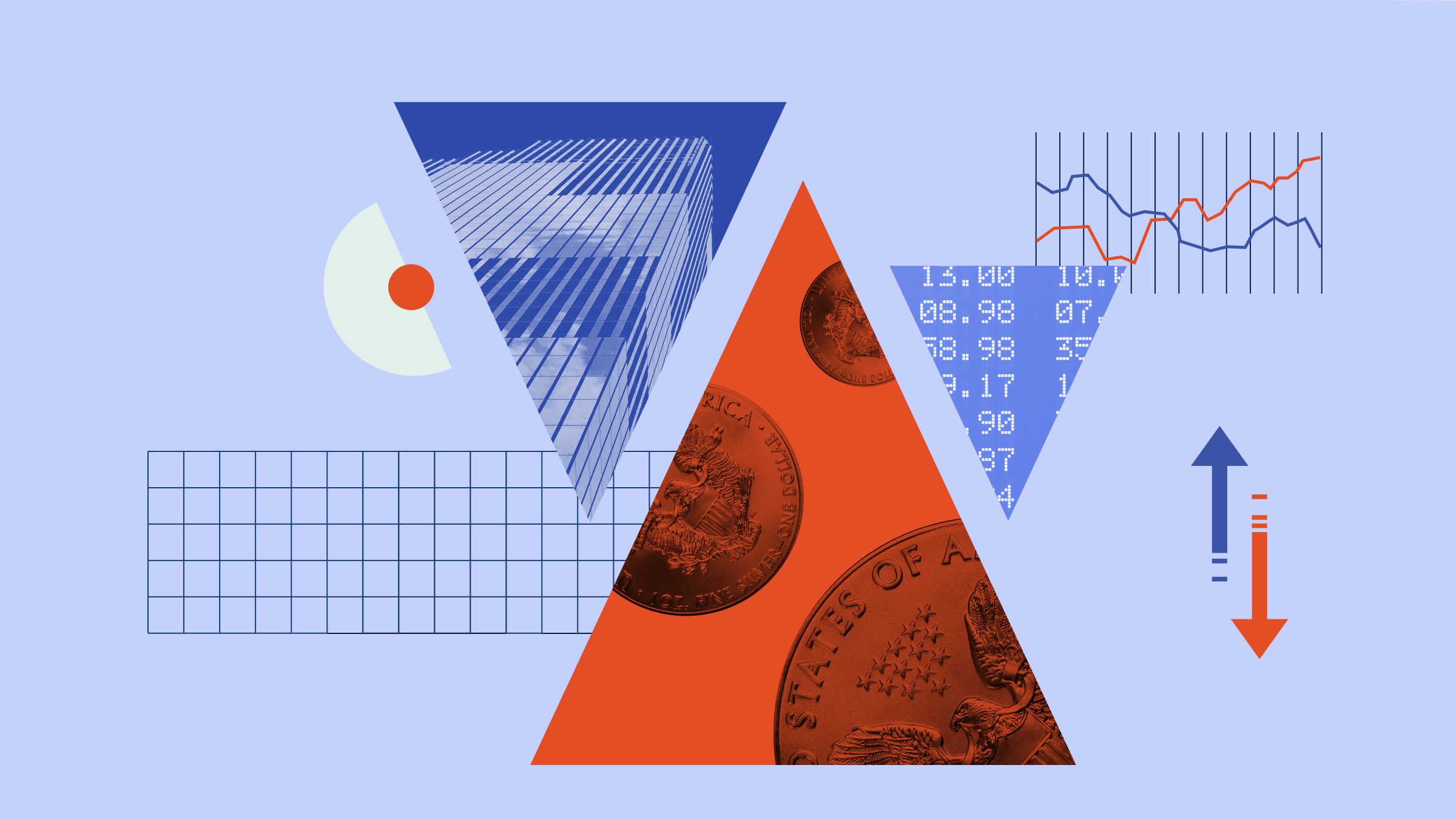The first half of 2015 has been a veritable roller coaster ride for the global bond market. While 10 year government bond yields did move up during the year, it was their trajectory, especially German bunds’, which grabbed the headlines.

30% of the euro area’s sovereign bonds had negative yields

The U.S., UK, Germany and Japan 10 year government yields started the year at 2.17%, 1.76%, 0.54% and 0.33% respectively as at January 1, falling to 1.64%, 1.33%, 0.08% and 0.2% respectively before climbing sharply to 2.47%, 2.19%, 0.92% and 0.47% by the end of June. The upward move in yields led to both the Barclays Global Aggregate Bond index and Morningstar Global Bond category posting negative returns year to date, with the index returning -3.68% and the category returning -4.00% as at June 26.
Looking back at the first three months of the year, a key event was the launch of the European Central Bank’s (ECB) long awaited quantitative easing (QE) programme in early March. Not only did the ECB exceed already high market expectations with its €1.1 trillion programme – €60 billion a month including existing purchases of covered bonds and asset-backed securities – it has since reaffirmed the prospect of the programme continuing until September 2016 or until inflation moves back towards the ECB’s target of just below 2%.
This significant move by the ECB pushed the already low rates into negative territory in countries such as Switzerland, Denmark and Sweden as their central banks attempted to battle deflationary concerns from appreciating domestic currencies. The downward pressure on European sovereign yields has resulted in shorter dated bonds in many countries trading at a negative yield, with Finland becoming the first Eurozone country to auction five year bonds at a negative yield in Q1, soon followed by Germany. At one point, a staggering €2.4trillion, or 30%, of the euro area’s sovereign bonds had negative yields, including all bund maturities up to seven years.
US Companies Get a Piece of the Action
These record low rates in Europe have led to a trend of U.S. issuers trying to lock in long-term cheap debt funding by issuing EUR denominated bonds. Coca-Cola issued €8.5 billion of bonds, the largest euro-denominated transaction by a U.S. issuer. The coupon on Coca-Cola’s new 10 year bond was 0.75%, highlighting how low interest rates had become for highly rated companies.
Another developing trend within the European market was the unprecedented long-dated issuance. Issuance out of the U.S. was equally strong with the likes of Actavis selling $21 billion of bonds in the second-largest corporate debt offering on record. Despite the strong issuance, ample central bank liquidity has broadly kept spread levels in check.
A review of the year to date events in the global bond sector would be incomplete without touching upon the “bund shakeout” in Q2. While Bill Gross’ “short of a lifetime” trade on the German bunds did come to fruition it was not necessarily well executed by market participants. After rallying for most of 2014, the market seemed convinced that bund yields could fall further, despite already being in uncharted territory.
This was the polar opposite of 2014’s secular view across global bond fund managers that yields were bound to rise, which led to managers being underweight duration thus detracting from returns as yields declined over the year. This had led to some “crowded” positioning within the market, such as being long the dollar and bunds and short the euro, based on a combination of factors including the scale of ECB’s QE, scarcity of government bond supply, divergence between U.S. and European economic growth, and rising deflationary concerns in some developed markets. Nonetheless, the shakeout could act as a welcome correction for the market.
What Should Bond Investors Expect Next?
Through the first half of 2015 we saw a number of central banks ease monetary policy. As we head into the second half, the focus is expected to shift to those likely to tighten, especially the Fed. There is much rhetoric in the market about Fed’s likely “lift-off” in September, but what may be more important is the path and pace of rate normalisation.
In contrast, in Europe, the ECB’s large-scale purchases are leading to a dearth of higher quality bonds, thus creating a supply-demand imbalance. Risks remain in the form of diverging monetary policies globally, Greece’s standoff with its creditors, and inflation surprising on the upside, although a small possibility, as central banks withdraw QE. Against this backdrop, investors continue their “search for yield” with low and negative yields proving to be a challenge for many.
After 2014 when a short duration stance was a consensus view, global bond fund managers have become cautious in their positioning in 2015, not taking large duration bets away from their benchmarks. However, given the growing likelihood of an imminent interest rate hike in the U.S., the managers have been adjusting duration more tactically and focusing on diversifying their portfolios and its return sources.
Nonetheless, with the extremely low rate environment and the anticipated central bank “lift-offs” over the coming months, we would highlight ECB President Mario Draghi’s remark and try to “get used to periods of higher volatility” in the bond market.
this article was written by Ashis Dash, Manager Research Analyst, for International Adviser Magazine




























